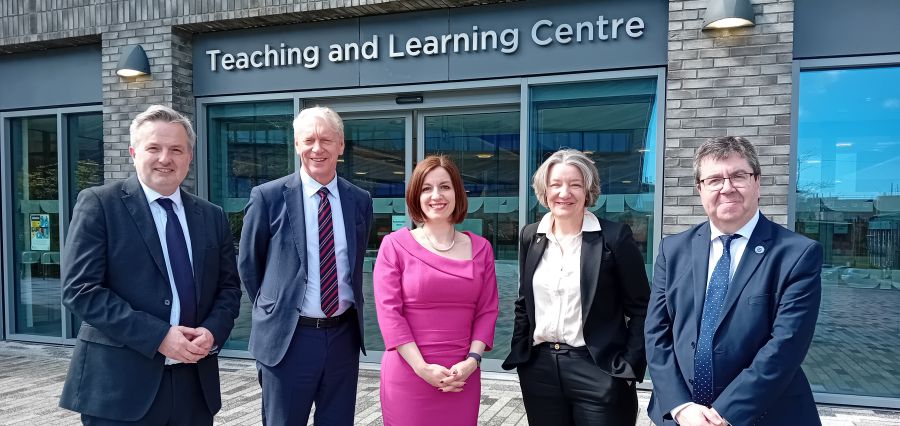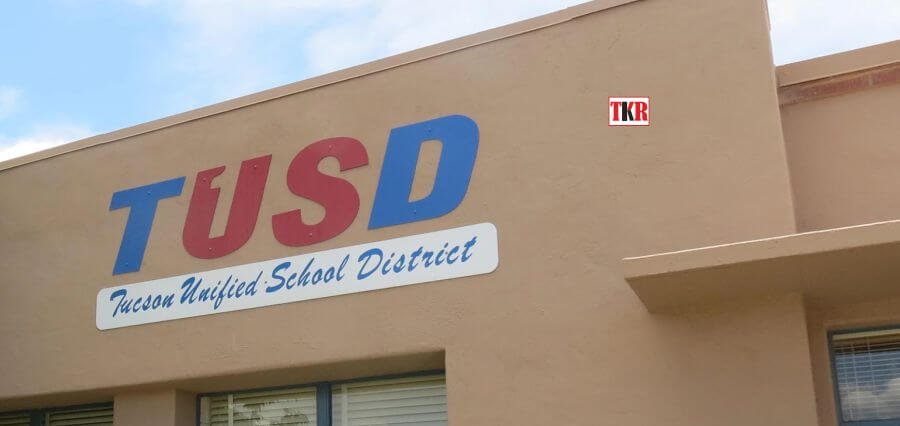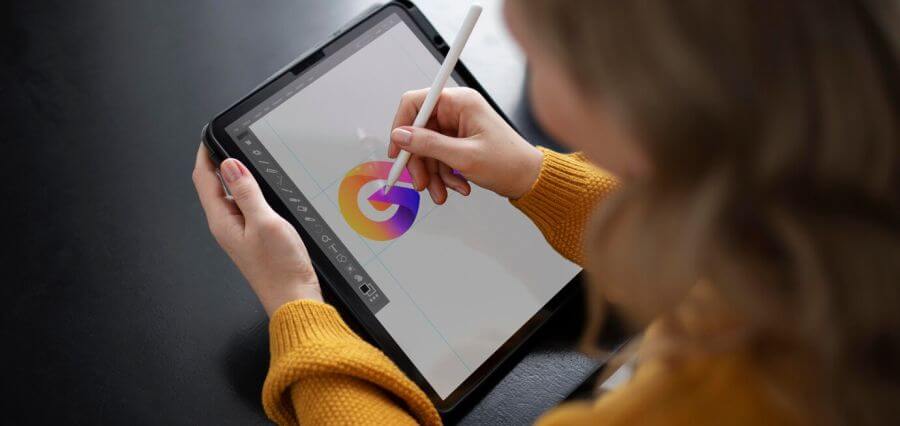Mind Mapping is one of the well-known methods of memorizing things effectively. It deals with associating the things to be remembered with our nearby places, which further form a connected map in our brain. This method is quite popular nowadays, all thanks to movies, TV, penetration of internet, and online & offline mind mapping software. It is practiced by most and has shown positive results when integrated within the schools. Thus, today, schools are incorporating mind mapping techniques in classrooms, both in traditional and flipped ones. Additionally, designed thinking is used as an outline as to the mind map. However, some teachers find it challenging and often hesitate to incorporate this technique in their teaching sessions.
Following are some of the methodologies, which teachers can use to utilize mind mapping as their daily driver to ease their work and help students learn things effectively.
Prior to Class
Planning, Planning, and Planning. This one word is of significance in our everyday work. Here, teachers can prepare and design their curriculum, time-table, teaching timetable, what needs to be taught? where the students are in their studies? etc. Planning things with mind mapping will help them in having a clear and precise planned overview of their day.
From school time, parents, and teachers encourage scholars to learn and then write them down. This jotting down technique can also work for the present time teachers. If you have followed this technique from your childhood, this can be really beneficial for you. Jotting down things can further strengthen your mapping skills, which will act as a perfect tool for structural and organization of topics.
In-Class
Mind mapping can do spectacles in brainstorming ideas, concepts, and also in discussions. Using the internet, instructors can guide students to take part in the sessions and help them in understanding the topics in-depth. Further, internet assists in building and sharing mind maps with other students and presentations made with it can strengthen up communication skills. Mind mapping will produce visual information and will be able to engage the audience with the material. Beyond brainstorming and discussions, teachers can use this versatile format for all kinds of games, quizzes, and questionnaires. One can say that, this way is more helpful than the traditional ways.
Read More Related: Strategies for New Teachers to Achieve better Educational Outcomes
Being a blank canvas, mind mapping offers added room for creativity. Everyone can design their own map and that too in their own way. It enables the teachers to get the creative juices to flow through themselves and their students, aiding them in learning stuff with fun and excitement.
Ultimately, in class, mind mapping as a tool can be used to help teachers reinforcing knowledge in students and forming connections in diverse areas of subjects with in-depth learning.
Outside the Class
Class time is restricted, and learners need to devote more time after school to check and strengthen what they have learned. In fact, it is not advisable to always give the same homework to all learners without considering their individuality. The use of the mind map will remind you appropriately of the character of distinct learners and layout proper extra-curricular activities for them.
Moreover, being born in a digital age, today’s pupils are digital citizens, being able to adapt quickly to change and according to the technology. Further, cloud solutions enable them to collaborate with groups on multiple topics. It is also a boon for the shy students who do not speak in class but can take part in group discussions. It serves teachers for easy assessment, to know students better, and understand where the students stand. Lastly, teachers can reflect on what the students have learned, how much time they have spent on topics, and how more they can delve the materials into the students.
After demonstrating how mind mapping operates, teachers can offer them thoughts to boost their creativity, imagination, and allow them to find out the remainder by themselves. Again, after the mind maps have been finished, plan a lecture day, and offer them the opportunity to display their pieces.
– Anmol Preet Singh









